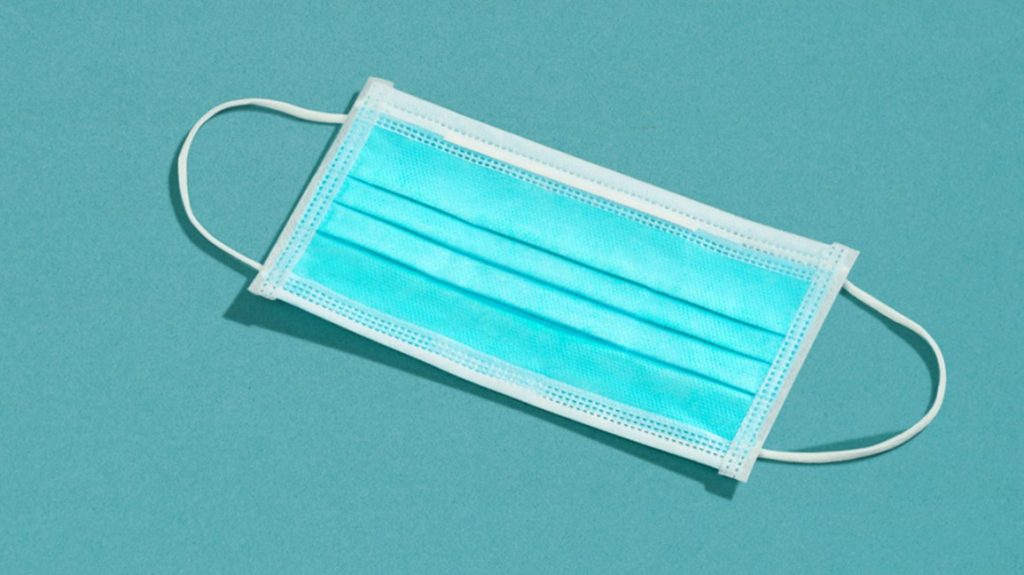HOW TO ENSURE YOUR MASK REALLY PROTECTS YOU – AND IMPROVE IT IF NEEDED
Face masks have become near necessities due to their effectiveness against viruses and other airborne diseases. They are nearly 80% effective in preventing the spread of COVID-19 among members of the same household. Since face masks have become an embraced part of everyday life, it’s essential to realize when they’re not keeping you as safe as they should be.
1. Know The Mask You Need
The type of mask you need varies depending on your job, the reason for going out, your comfort level and other factors. Cloth or fabric masks work excellently for many purposes, as they can protect the people around you from any airborne droplets you emit while talking, coughing or sneezing. Health care professionals often use N95 masks in contaminated environments, but others can also use them for a bit more protection than a cloth mask.
2. Check The Fit
Unless customized, masks won’t always be made to fit the shape of your face. They are not one-size-fits-all. You can get around ill-fitting masks by creating your own, or you can alter those you already have. Fitters or braces can change the length of your covering and sit at the back of your head. If none of these options seem to work for you, you can always twist the elastic straps to fit around your ears more snugly.
3. Change Filters
If your fabric or reusable mask has a filter pocket, you should remember to change it out occasionally. It adds a layer of protection, as it can catch particles that slip through the fibers of a reusable mask.
Disposable filters cannot be washed. Instead, you must change them when you’ve been out for a bit. If supply is limited, you can choose to reuse one until it has become visibly dirty and can no longer serve its purpose.
4. Layer Masks
Layering your masks can offer you an extra level of protection. A disposable one paired with a cloth version can fill in the gaps where each of them falls short. The cloth mask will likely cover areas the disposable one cannot. Just don’t layer two disposable masks, as they aren’t meant to be tight-fitting, and you should always wear a KN95 mask on its own.
5. Opt For A Nose Clip
Consider adding a nose clip if you worry about the mask fitting correctly over your nose and potentially exposing gaps. A simple piece of plastic can change the game to make any mask more secure and comfortable.
6. Wash Your Mask
Make sure you clean your mask thoroughly after extended use. You shouldn’t wash disposable versions, but reusable ones would benefit from a cycle in the washing machine. You can wash it using your usual laundry products, but make sure to clean your hands thoroughly before touching your mask, as you could be touching your face, too.
Washing your mask and possibly running it through the dryer will eliminate the dirt and particles that cling to it. Next time you wear it out, you’ll feel protected because the fabric is fresh.
7. Brainstorm Other Factors
If something about your mask still seems off, consider other factors that could be keeping you from achieving a perfect, secure fit. Facial hair may keep respirator masks from sealing fully around your face, so if you need a tight seal, you may consider shaving.
Glasses may also pose a problem. If you require glasses every day, wearing a mask can be difficult without the proper seal. You could consider switching to contact lenses when you need to go out so you can avoid any gaps in your mask that cause your glasses to fog up. Wearing masks with a nose clip or higher up on your face can stop your glasses from fogging as well.
Stay Healthy With The Right Mask
Masks can slow the spread of COVID-19, which continues to be a worldwide issue. It’s vital to understand how it fits you and if it’s doing you more of a disservice than a favor. Luckily, you can easily adjust them so you can go out into the world fashionably and safely.

